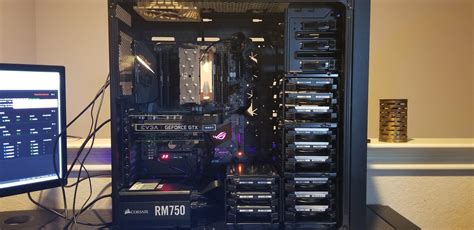The purpose of this project is to replace four QNAP NAS boxes with two identical unRAID based systems. They have served me well over the years however its time to unRAID. Various reasons below.....
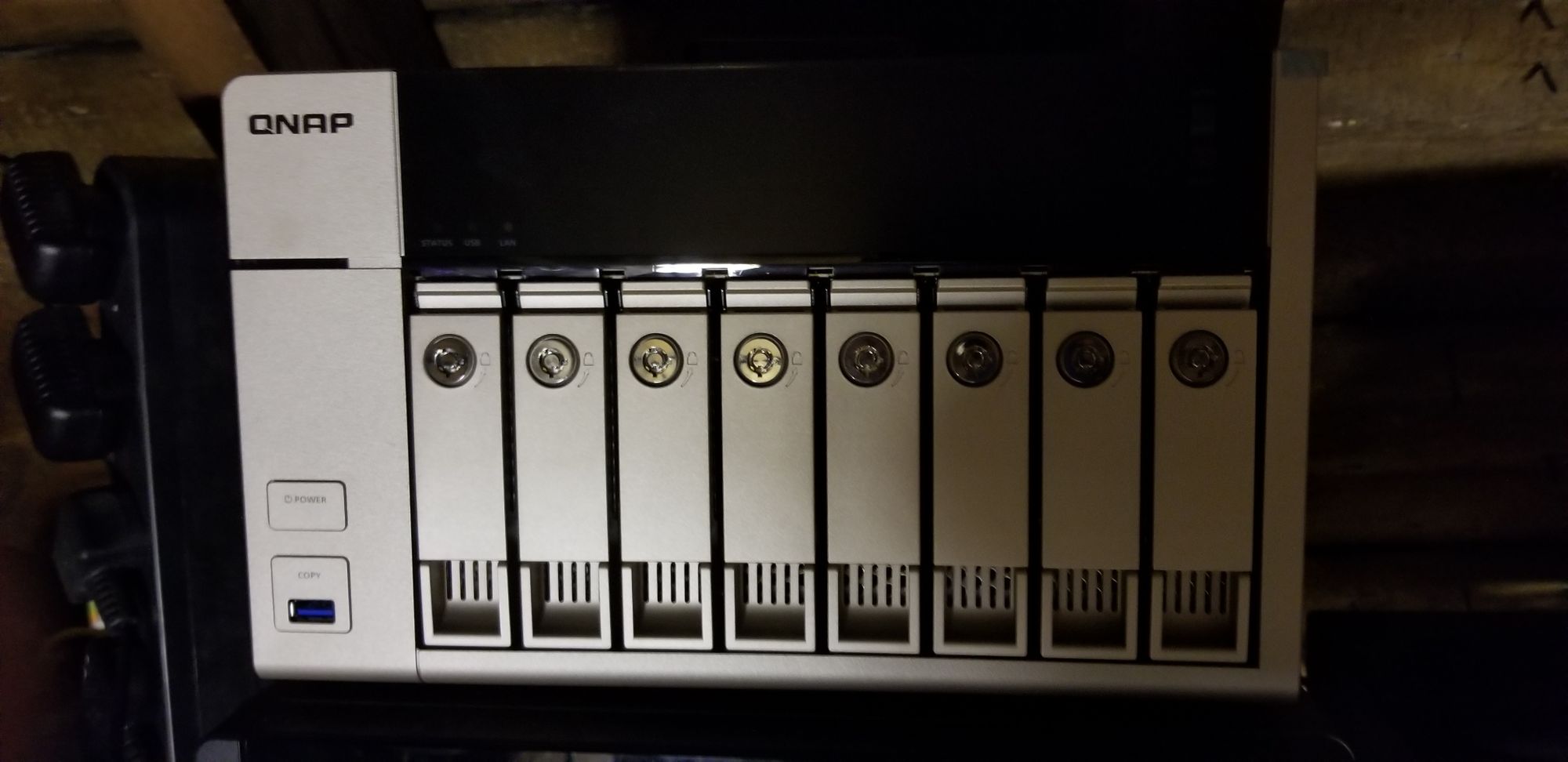
QNAP QTS O.S. slow and at times buggy
Crap docker support.
Unavailability Western Digital 6tb WD60EFRX drives which are required for my Raid 6 array. It's recommended all drives be the same model. Western Digitals current red offerings are shingled plater drives which are unfit for RAID usage... figure that one out!
Expensive replacement for said drives.
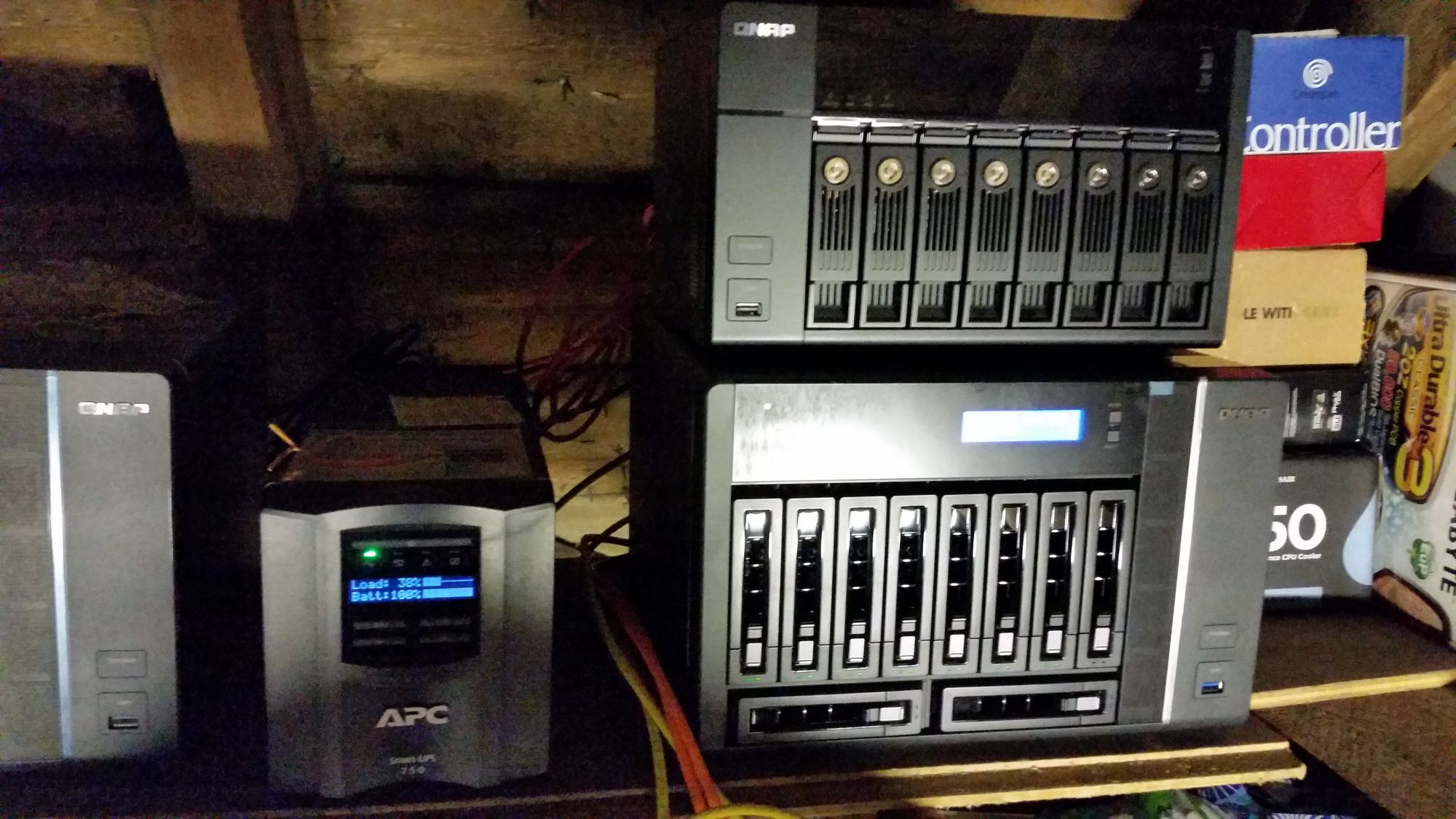
So why unRAID? With a True Raid setup you have to put all the same size disks into your system, when you add a new disk to the array you must rebuild it for upgrading.
If you have a two disk failure setup you lose your two disks and that's your data gone.
With unRAID you put in your largest disk as your Parity Drive or Two Parity Drives.
unRAID lets you add in Data Drives of that size or smaller.
If you have Two Parity Drives you can lose either a Parity Drive or Two Data Disks and can rebuild them.
You can add up to 28 Data Disks that are protected by the two Parity Drives.
unRAID doesn't consume part of the array Data Drives for space for the Array.
If you lost more than 2 Data Drives you only lose the Data on those Disks.
The Data on the Data Drives isn't stripped across several disks like normal Raid a loss of the Array isn't complete loss of everything.
You only lose the data on the Data Drive you lost if you also lost 2 Parity Drives as well.



unRAID is highly customisable with Virtual Machine and Docker support.
Cheap availability of cheap WD external drives which can be 'shucked', meaning the disk can be removed from the enclosure and modified to perform as a standard OEM drive. Its possible to get two for the price of one OEM drive.
A few spare old PCs lying around doing nothing.
The current setup is 2 x 10 bay Qnaps, primary and secondary both in Raid 6 configuration. Primary backs up to the secondary once a week. There's also two 8 bay Qnaps featuring 4 x 6tb drives each, again both primary and secondary on a weekly back up. Thanks to my x265 recode project (which took 6 months), I now have many spare terabytes available allowing the transfer of everything off the 8 bay systems. These will be the first to be sold off with the drives becoming spares for the main 10 bay Qnaps and to provide Ultron with higher capacity drives and a second parity disk.
The 2 x 10 bay Qnaps will be sold off with the drives transferred to each of the JANUS machines. For this project I'll require two identical cases with a high HD capacity. The Corsair Obsidian 750d fits this requirement and still has plenty of spares available on the market. As the case comes with two HD cages I'll have to buy some more. Another aspect of this project is to do it as cheaply as possible. 750ds retail for around £120 these days brand new however I managed to acquire one off eBay in "B grade" condition for £60! The thing was practically brand new when it showed up with one small broken clip on the front, these can be replaced for a meare £1.....what luck! This was a lovely donation from my adoring other half.
Now to search for another! 🙂
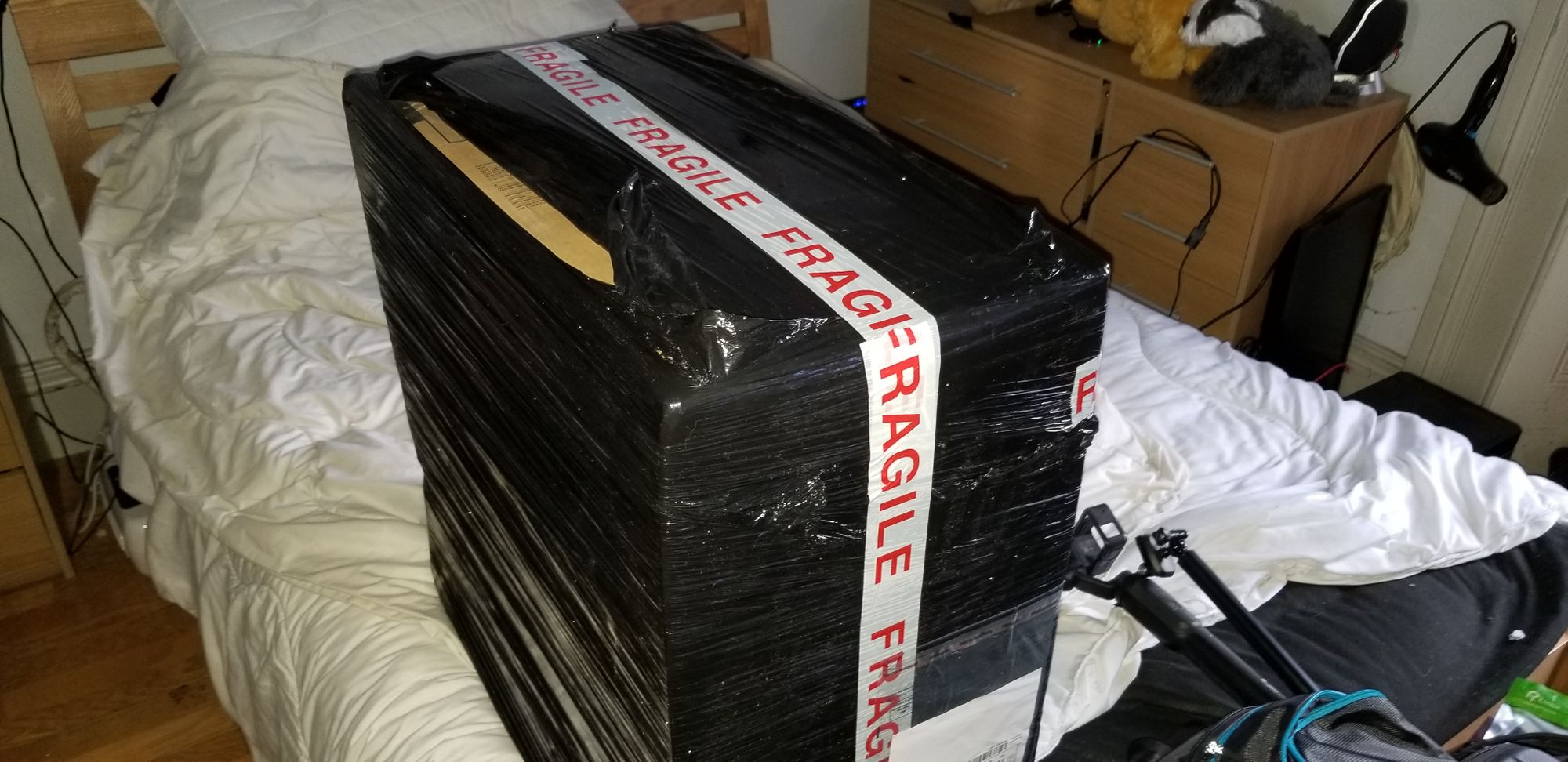
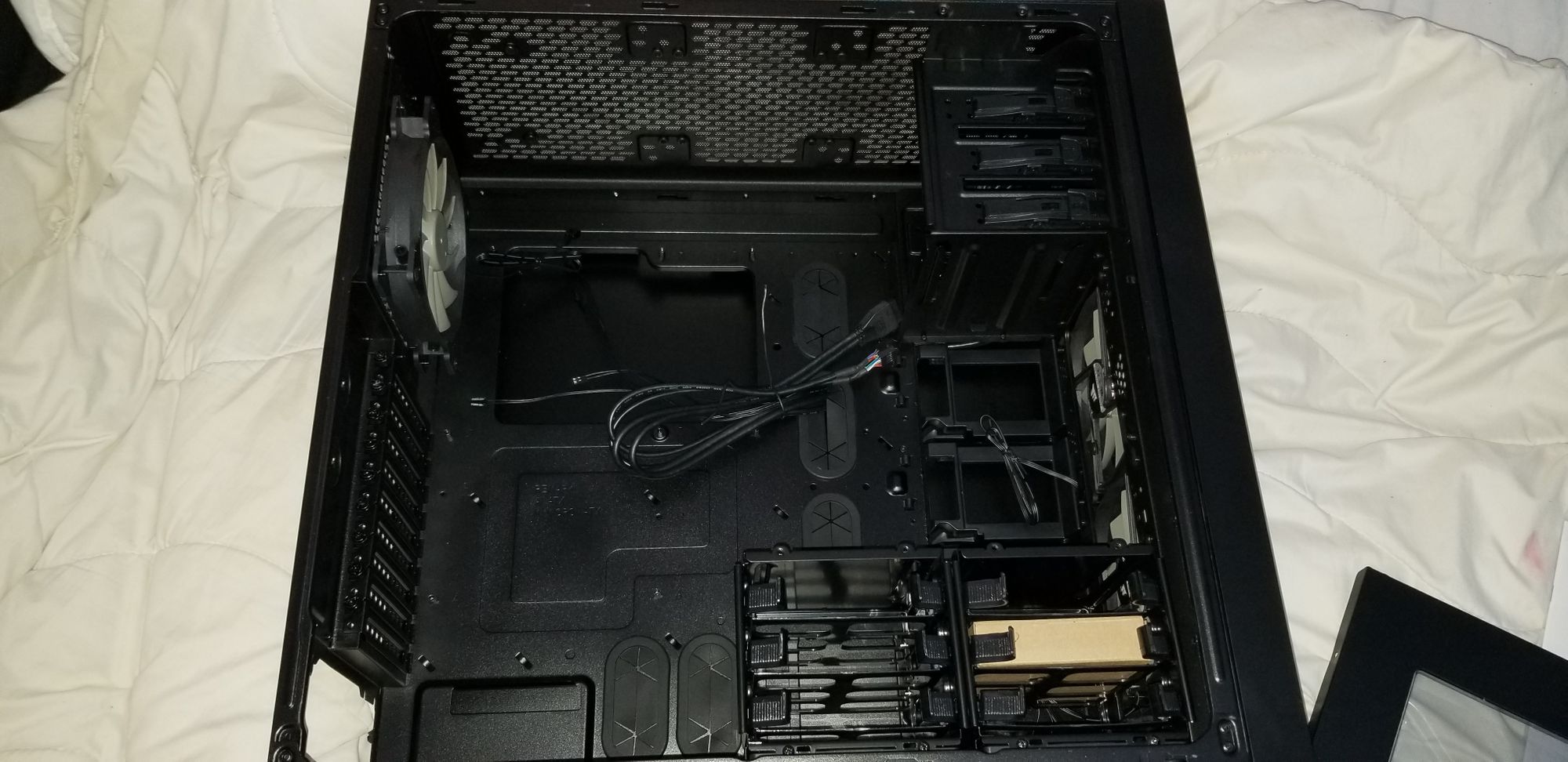
A sample of the broken clip.
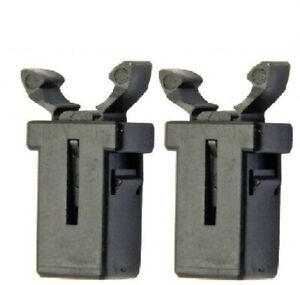
I'll be using the guts of various old AMD Bulldozer basrd systems lying around in the new builds. These systems don't hold much in monetary value, the Qnaps do, so it makes sense to replace them and flog them for a tidy sum, the proceeds of which will then be used to buy more shucked drives...profit! ☺️
Stage 1 - The transfer off all data off the drives in the 8 bay machines.
Stage 2 - Remove drives from 8 bay machines and prepare machines for sale.
Stage 3 - Preclear drives in unRAID ready use in Ultron and the Janus machines.
Stage 4 - Purchase of equipment required.
Stage 5 - Assembly of equipment.
Stage 6 - Transfer of all data from primary Qnap to Janus 1. The drives in the secondary Qnap are much younger than in the primary and only have a few hundred running hours. These will now be primary dives in Janus 1.
Stage 7 - Transfer of all data from Janus 1 to Janus 2. Janus 2 will boot weekly to receive data from Janus 1.
Stage 8 - Project complete!
This is how things will look when complete
